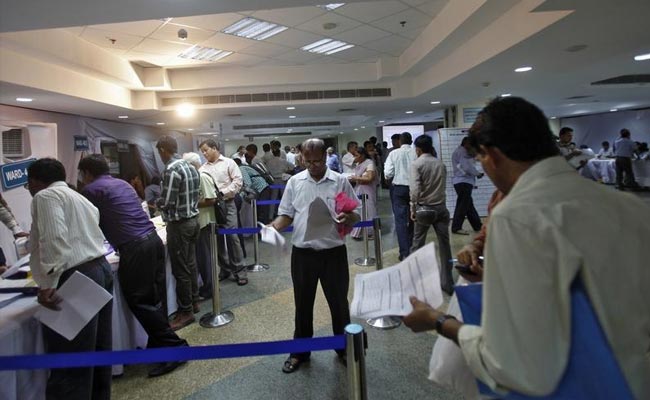Starting from next month, prime minister Narendra Modi’s government will begin gathering virtual information not just from traditional sources like banks but also from various social media sites such as facebook, Instagram etc. to compare individual’s spending patterns with their income declarations. This will help officials to spot those who pay too little tax without raiding offices and homes as they are doing nowadays.
Built over seven years at a cost of approximately Rs 1,000 crore, Project Insight will complement the world’s largest biometric identity database and India’s most ambitious tax overhaul as policy makers try to get more people to pay up. While the Indian economy is among the fastest growing in the world, revenues are not keeping pace, bloating PM Modi’s budget deficit and generating anxiety over tax sleuths.
Data analytics is way ahead for tax administrations across the world. This will put an end to aggravation by tax officials, as there will be no interface from the public. Countries like Belgium, Canada, and Australia are already using data to unearth tax evasion that may have otherwise gone undetected without technology. The efforts made by India somewhat resembles that of the UK which was estimated to have cost somewhere around 100 million pounds. Since its setting up in 2010, it has prevented the loss of 4.1 billion pounds in revenue.
Last year, the government contracted Larsen & Toubro, an arm of India’s largest engineering conglomerate to help build up the network and boost voluntary agreement. Project Insight is a long-term project for L & T Infotech without any specific timeline. The company has agreed to build own operate transfer model which means that while it will be running the project and earning revenues during the contract period, it will ultimately transfer all the network to the government once the contract runs out. Compliance will rise 30 to 40 percent during the first phase of the project. During this time, all the existing data including credit cards, property and stock investments, cash purchases and deposits will be migrated to the new system and a central team will push people to file tax declarations. The second phase will be rolled out by December during which the data analytics will mine, clean, and process the information. In the last phase which will go live around May 2018, advanced systems will be used to predict future defaults and flag risks.
It is seen that government uses its tools for tax forecasting. This data will show how much business has slumped in a certain town, which would help authorities better assess aid requirements and forecast local revenues. The scope of the project has also led to concerns in a country where the government has repeatedly told the Supreme Court it does not consider privacy to be an absolute right. Safeguards are a must, as stated by Rahul Garg, head of direct tax at PwC India. Now, it should be seen how effectively the data that has become invaluable is used for governance.
